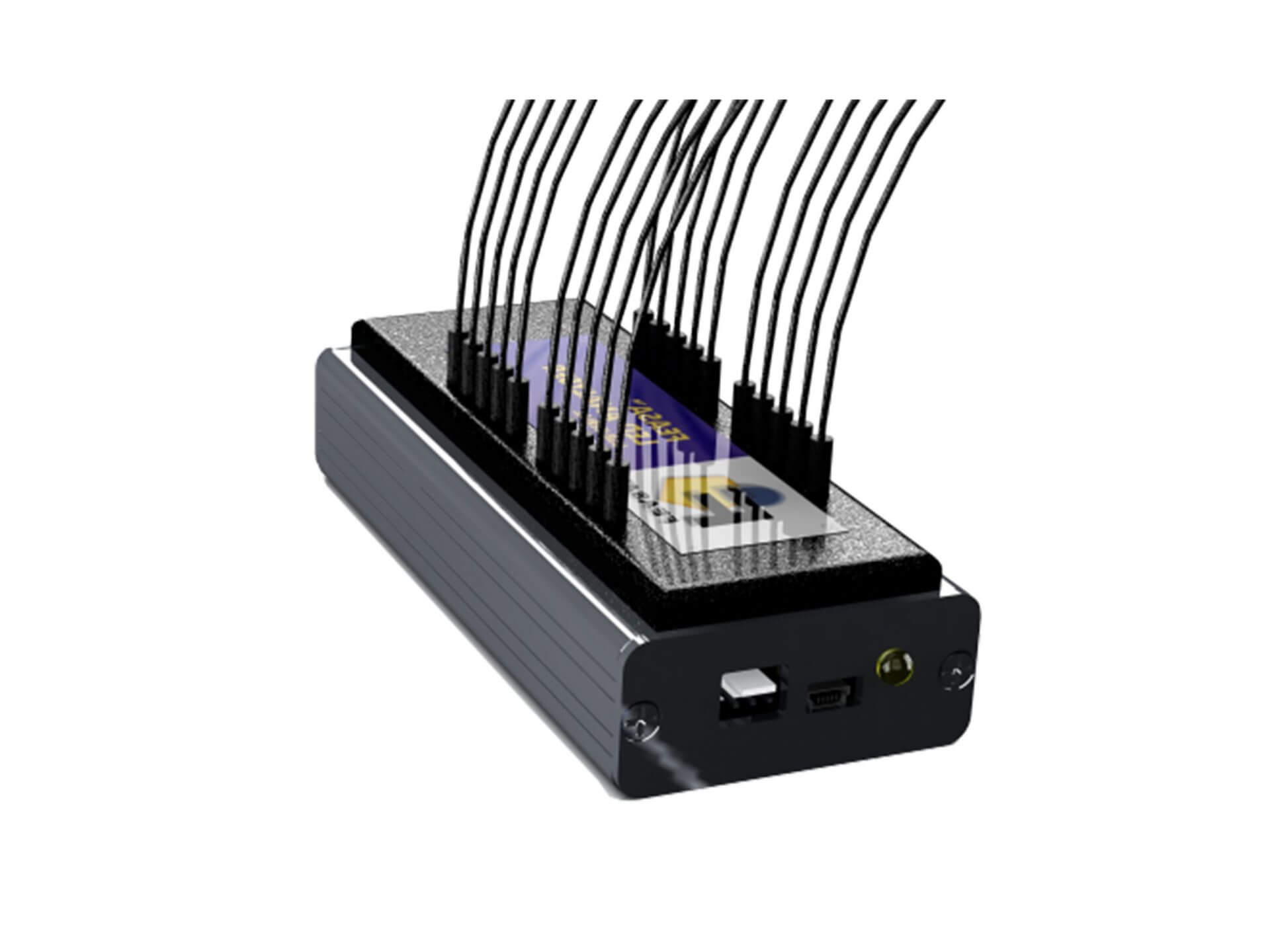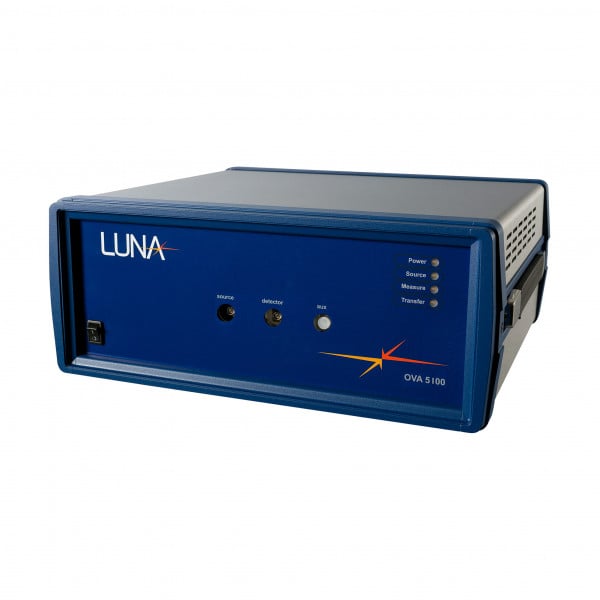Discover the Value of an Optical Fibre Diameter Analyser for Accuracy Measurements
The precision of optical Fibre dimensions is extremely important in the telecom sector, where also the tiniest inconsistency in Diameter can lead to substantial signal destruction. An optical Fibre Diameter analyser functions as a vital tool to make sure these measurements are exact and constant, therefore enhancing total system efficiency. Past the prompt benefits in high quality and integrity, the implications of these measurements encompass governing compliance and the advancement of innovation. As we take into consideration the evolving landscape of data, the duty of these analysers in forming future standards becomes significantly appropriate. What exists in advance in this critical field?
Recognizing Optical Fibre Diameter
Understanding the Diameter of optical fibres is vital for making certain ideal performance in information and telecommunications transmission applications. Optical fibers normally come in 2 major categories: multi-mode and single-mode, each with unique Diameter requirements.
The precision of Diameter measurements is essential, as even minute variations can bring about significant disparities in efficiency. Variables such as manufacturing resistances and environmental influences can influence the Diameter, demanding constant and precise dimension techniques. Moreover, standardization in Diameter specifications makes sure compatibility in between different Fibre types and adapters, decreasing the threat of system failures. As telecommunications modern technology proceeds to evolve, the requirement for reputable optical Fibre Diameter analysis ends up being increasingly extremely important, underscoring the value of using advanced measurement tools and techniques to maintain top notch communication networks.
Benefits of Accurate Measurements
Exact dimensions of optical Fibre Diameter are critical for enhancing network performance and integrity. The integrity of optical signals is directly affected by the uniformity and accuracy of Fibre sizes, as disparities can result in boosted attenuation and signal destruction. By making certain that the Diameter of optical fibers is continually gauged within defined resistances, drivers can decrease losses and improve overall transmission top quality.
Additionally, accurate Diameter assessments add to effective Fibre splicing and connectorization. Dissimilar diameters can result in bad combining efficiency, bring about raised insertion losses. This precision is especially crucial in high-speed networks, where also minor disparities can have considerable effects on data transmission prices.
On top of that, preserving strict criteria for optical Fibre dimensions aids in conformity with sector policies, ensuring that products fulfill needed specifications. optical fibre diameter analyser. This not just bolsters consumer self-confidence however additionally improves the online reputation of manufacturers and company in the affordable telecommunications landscape
Ultimately, the advantages of accurate dimensions expand beyond instant performance gains; they cultivate long-term reliability and durability of network facilities, leading the way for future improvements in optical communication modern technology.
Applications in Telecom
The applications of optical Fibre Diameter analysers in telecommunications are necessary for ensuring ideal network efficiency and performance. optical fibre diameter analyser. These analysers play an essential function in the production, installation, and maintenance of optical Fibre cable televisions, where exact dimensions of Fibre Diameter substantially affect the general efficiency of communication systems
In telecommunications, maintaining consistency in Fibre Diameter is vital for reducing signal loss and making best use of transmission top quality. Variants in Diameter can lead to enhanced attenuation and minimized bandwidth, influencing information transmission prices. Optical Fibre Diameter analysers allow service technicians to keep an eye on and manage these measurements throughout the manufacturing procedure, making certain that the fibers meet strict specifications.
Furthermore, throughout installment and upkeep, these devices assist in verifying that the mounted find fibres adjust to the called for requirements, thus preventing possible failings in communication infrastructure. By using optical Fibre Diameter analysers, telecoms companies can boost their solution dependability and customer satisfaction.

Quality Control Criteria
In the world of optical Fibre manufacturing, adherence to quality assurance standards is paramount for making sure the reliability and performance of interaction systems. The precision in optical Fibre Diameter is vital, as variants can significantly impact signal honesty and total system efficiency. Suppliers must implement strict high quality control actions throughout the production process.

Furthermore, regular calibration of dimension instruments is vital for maintaining accuracy and uniformity in quality assurance processes. By sticking to well-known quality assurance standards, manufacturers not just enhance the performance of their optical fibres but additionally ensure customer satisfaction and trust fund. This commitment to top quality reinforces the one-upmanship in a rapidly advancing telecommunications market, where integrity and performance are non-negotiable. Inevitably, robust top quality control practices are important to the success of optical Fibre production and the development of interaction technologies.
Future Patterns in Dimension Technology
Exactly how will innovations in dimension innovation form the future of optical Fibre manufacturing? As the demand for high-performance optical fibres pop over to these guys escalates, precision dimension devices will certainly come to be increasingly important. Future patterns show a shift in the direction of automated, high-throughput dimension systems that make use of innovative algorithms and expert system to boost precision and performance. By integrating innovative sensors and real-time data analytics, makers will certainly have the ability to check Fibre Diameter variations with unprecedented accuracy.
Moreover, the incorporation of non-contact dimension strategies, such as laser triangulation and optical comprehensibility tomography, will reduce the threat of contamination and physical damages to optical fibers during analysis. These technologies assure to streamline quality assurance procedures, making sure that only one of the most reputable products reach the marketplace.
Sustainability will certainly additionally play a vital duty in future measurement modern technology. Energy-efficient systems and recyclable materials will certainly be prioritized, aligning with worldwide ecological criteria. Furthermore, the adoption of Market 4.0 principles will certainly help with seamless combination of measurement innovation within smart production ecological communities, enabling continuous enhancement and rapid advancement.
Final Thought
In final thought, the optical Fibre Diameter analyser serves as a critical instrument for guaranteeing precision in telecoms. These analysers not just support quality control requirements however likewise foster customer confidence in optical Fibre technologies.
The precision of optical Fibre dimensions is paramount in the telecommunications sector, where even the smallest inconsistency in Diameter can lead to substantial signal destruction. An optical Fibre Diameter analyser serves as an essential device to make certain these dimensions are consistent and exact, therefore enhancing overall system efficiency. As telecommunications technology proceeds to develop, the requirement for reputable optical Fibre Diameter analysis becomes increasingly critical, underscoring the importance of employing innovative dimension devices and methods to preserve link top notch communication networks.
Accurate dimensions of optical Fibre Diameter are pivotal for maximizing network efficiency and dependability. Optical Fibre Diameter analysers make it possible for service technicians to check and regulate these dimensions throughout the manufacturing procedure, guaranteeing that the fibers satisfy strict requirements.